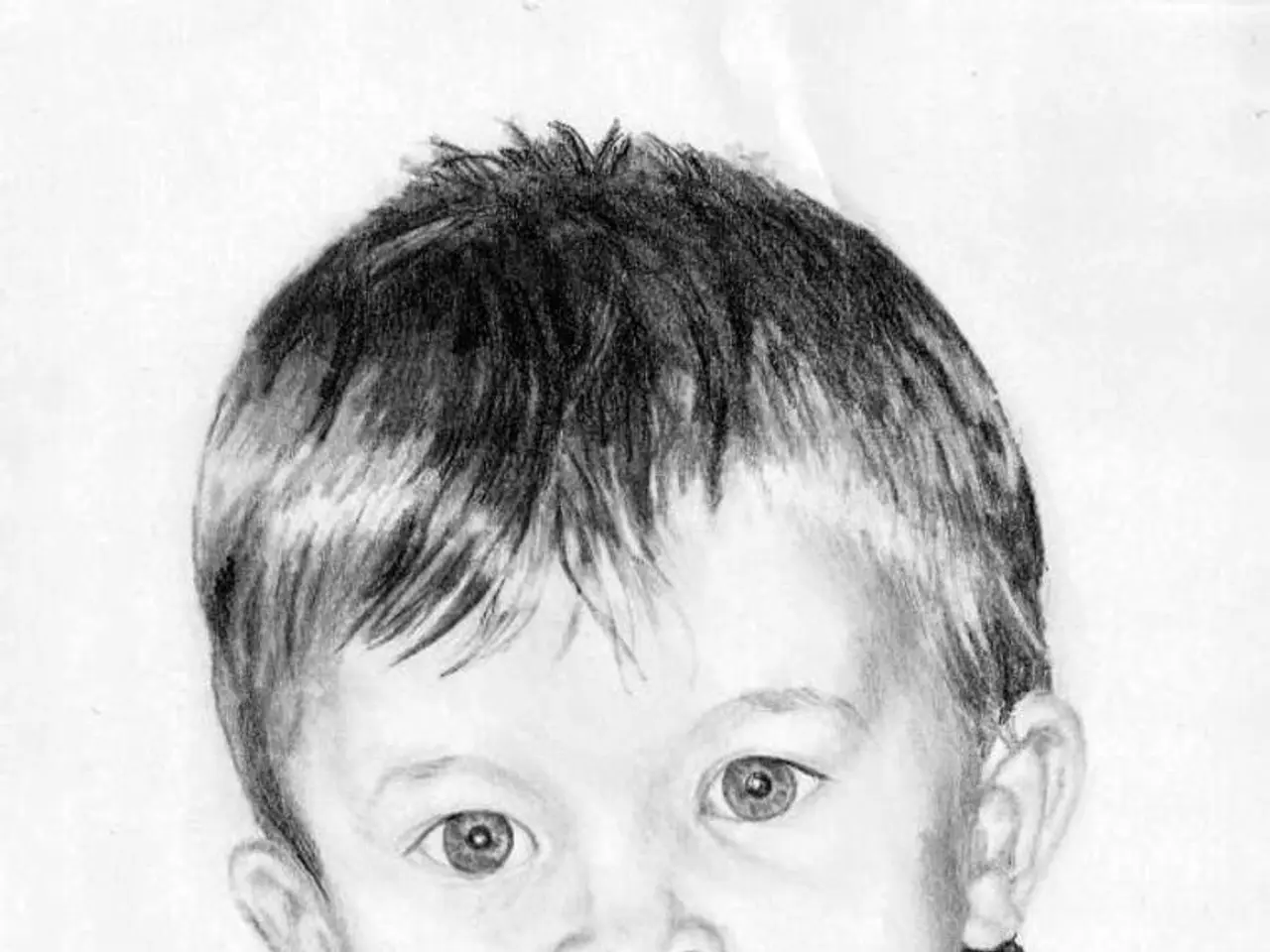Methods to Monitor Advancement in Physically Active Pursuits That Respect Growth in a Natural Manner
Supporting Your Child's Physical Development Through Play
Encouraging physical development in children is an essential part of their overall growth. By aligning activities with typical gross motor skills and physical milestones at various ages, parents can help their children build confidence, improve coordination, and promote healthy physical development.
Toddlers (12 to 24 months)
Focus on fostering confidence in walking, climbing, and beginning to throw or kick balls. Goals might include walking independently, climbing safely on low furniture, and throwing a small ball. Activities could include providing safe indoor/outdoor spaces for walking and climbing, offering large balls to kick or throw, and encouraging exploration.
Preschoolers (2 to 3 years)
Emphasize hopping, running, and basic stair navigation. Goals could include jumping with both feet, running steadily, and walking up and down stairs alternating feet. Activities could include trying walking on a line to develop balance, playing simple games like catch with balloons or soft balls, and using ride-on toys to promote motor planning.
Ages 3 to 4 years
Develop balance, coordination, and more complex movements. Goals could include hopping on one foot, standing on one leg longer, jumping over small obstacles, and alternating feet confidently on stairs. Activities could include using balance beams, curb walking for balance challenges, and simple ball games like modified baseball or soccer with soft balls.
Ages 4 to 5 years
Support galloping, skipping, somersaults, and strength-building activities. Goals could include galloping, skipping, performing somersaults, doing sit-ups, push-ups, jumping rope, and riding a bike with training wheels confidently. Activities could include structured playground play, bike riding sessions, and fun strength challenges like animal walks or obstacle courses.
Ages 5 to 6 years
Refine gross motor control and endurance with complex movements. Goals could include hopping in multiple directions, performing jumping jacks, walking across balance beams, maintaining posture while running and changing directions. Activities could include organized sports, balance and coordination exercises, motor planning games like tracing chalk lines for riding toys or scooters.
Tips for Creating Goals and Encouraging Progress
- Set specific, achievable milestones based on your child’s current skill level but within typical age ranges.
- Use playful, motivating activities that naturally incorporate developmental targets (balance, coordination, strength).
- Modify challenges progressively, such as making catch games harder by using smaller or faster balls or by balancing on one leg.
- Encourage symmetry and good posture to avoid compensatory movement patterns.
- Regularly observe for any difficulties or delays—if a child is not meeting milestones within a reasonable window, consider consulting a pediatric physical therapist for personalized guidance.
Monitoring Progress
Build photo timelines for specific skills like bike riding or climbing to showcase the journey from tentative attempts to confident mastery. Create monthly comparison videos showing a child attempting the same physical challenges to highlight dramatic skill development. Request detailed assessments of a child's gross motor skills, fine motor coordination, and physical fitness levels from healthcare professionals. Take sequential photos of a child performing the same physical activity weekly to spot form improvements. Endurance testing and stamina monitoring can provide insights into a child's cardiovascular fitness and energy sustainability during extended play periods.
By selecting goals and milestones consistent with these age-related developmental expectations and encouraging movement through enjoyable play, parents can support their child's physical development appropriately and monitor progress effectively. Regular check-ups and consultations with pediatric physical therapists can help identify any delays or concerns and provide personalized guidance for continued development.
- As part of a well-rounded health-and-wellness plan, incorporate science-backed fitness-and-exercise routines into your child's playtime, focusing on gross motor skills development appropriate for their age.
- Leverage technology, such as fitness trackers or video recording devices, to monitor your child's progress in sports and physical activities, creating a visual record of their skill improvements over time.








